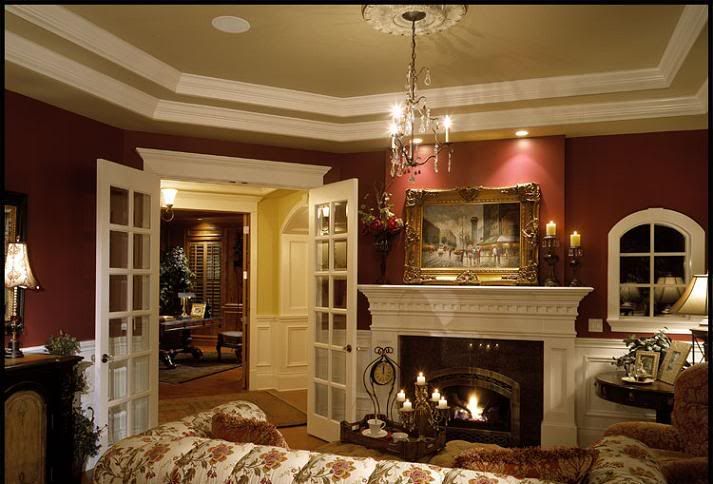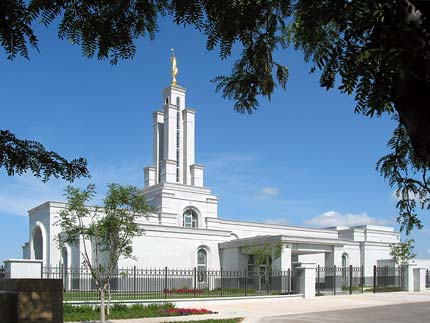Illustration: Joseph Neil Paton. Linen tablecloth design, 1851
This series of linen damask tablecloths were featured at the Great Exhibition of 1851. They were produced by the Scottish company of Beveridge, founded by Erskine Beveridge and was based in Dunfermline.
There is a small element of confusion concerning the designer of these particular tablecloth pieces. In the catalogue that accompanied the Exhibition, the designer was listed as Joseph Paton. However, there are two Joseph Paton's, father and son. Joseph Neil Paton the father was a well known Dunfermline designer of damask work. However, Joseph Noel Paton his son, also produced damask work in Dunfermline, but only briefly before his real career as a successful fine artist became paramount.
Illustration: Joseph Neil Paton. Damask tablecoth design, 1851
Illustration: Joseph Neil Paton. Damask tablecloth design, 1851
It is probably correct to think that Joseph Neil Paton a professional designer, was used for Beveridge's prestigious display at the Great Exhibition, though the work of his son cannot be entirely ruled out as a possibility, especially as Paton was to become a firm favourite of Queen Victoria, which Beveridge would have been an unwise not to have used as an opportunity. However, Joseph Noel Paton was at the start of his fairly illustrious career in 1851, and it might well have been a little too early to have caught the imagination and eye of Queen Victoria.
In this respect these design pieces will be attributed to Joseph Neil Paton. The work is typical of the 1840s and into the 1850s. Much of the decorative work is European based, particularly French in style. An interesting point is that tablecloth design work often seems to have imitated carpet and rug design work. This can clearly be seen with the examples shown here. There is much in the design work that imitates French carpet styling and decoration during the period of the 1840s and 1850s.
Illustration: Joseph Neil Paton. Damask tablecloth design, 1851
Illustration: Joseph Neil Paton. Damask tablecloth design, 1851
These tablecloths may well appear to us to be a little overly decorated for a table top cover. However, they are extremely fine examples of the genre and it must be remembered that they would have had to have competed with the best that France could produce, which was substantially above what British companies were manufacturing during this period. Although the company might well have struggled in supplying France with damask table linen, they did have a healthy export market to the United States as well as a very good domestic market for their product.
Beveridge the company, was obviously not taking any chances at either mis-representation or under-representation as these examples are only a handful of over a hundred that were on display at the Great Exhibition. Textiles were a very large part of the Exhibition, particularly during a period when Britain dominated the cheaper mass-production side of the world market. However, it was the decorative and design led textiles that drew attention, rather than, as was hoped, the technology of the machinery of mass-production.
Illustration: Joseph Neil Paton. Damask tablecloth design, 1851
Illustration: Joseph Neil Paton. Damask tablecloth design, 1851
Patriotism and a certain element of ingratiation was expected from a large proportion of at least the British and British Empire exhibits. Beveridge produced at least a proportion of tablecloth work that fitted this criterion. A medallion of Queen Victoria is one of the most obvious examples shown here. However, there were also examples that showed St George and the Dragon, and figures representing St Andrew and St Patrick. However, these were only ever meant to be display options and possible souvenirs, while the bulk of Beveridge and Paton's work was for the serious business of marketing and hopefully the creation of new export opportunities.
Many dismiss the Great Exhibition as a vulgar display of excess, badly designed and mis-placed creativity, and monotonous machine produced work. To a certain extent this was true, but only partially as there was a fairly broad spectrum of machine and hand made work, with many diverse examples from across the planet. To have engineered this extraordinary event, displaying the world as it was in 1851 at one venue, is a feat worthy of admiration. However, for all future generations it has proved to be a valuable snapshot, an example of the state of decoration and ornamentation, for better or worse, of the mid nineteenth century. It gives us an unrepeatable and fascinating library of decoration and design.
Reference links:
The Great Exhibition of 1851: A Nation on Display
The World for a Shilling: How the Great Exhibition of 1851 Shaped a Nation
Britain, the Empire, and the World at the Great Exhibition of 1851
The Industry of Nations, As Exemplified in the Great Exhibition of 1851. the Materials of Industry (2010 Reprint)
The Great Exhibition, 1851
1851 Great Exhibition Fete Paris Grand Ball Hotel Ville
Echoes Of The Great Exhibition (1851)
The Great Exhibition, 1851: A collection of contemporary documents; (Jackdaw)
Lectures On the Results of the Great Exhibition of 1851: Delivered Before the Society of Arts, Manufactures, and Commerce
Great Exhibitions: London-New York-Paris 1851-1900
Journal of a trip to London, Paris, and the great exhibition, in 1851

























No comments:
Post a Comment